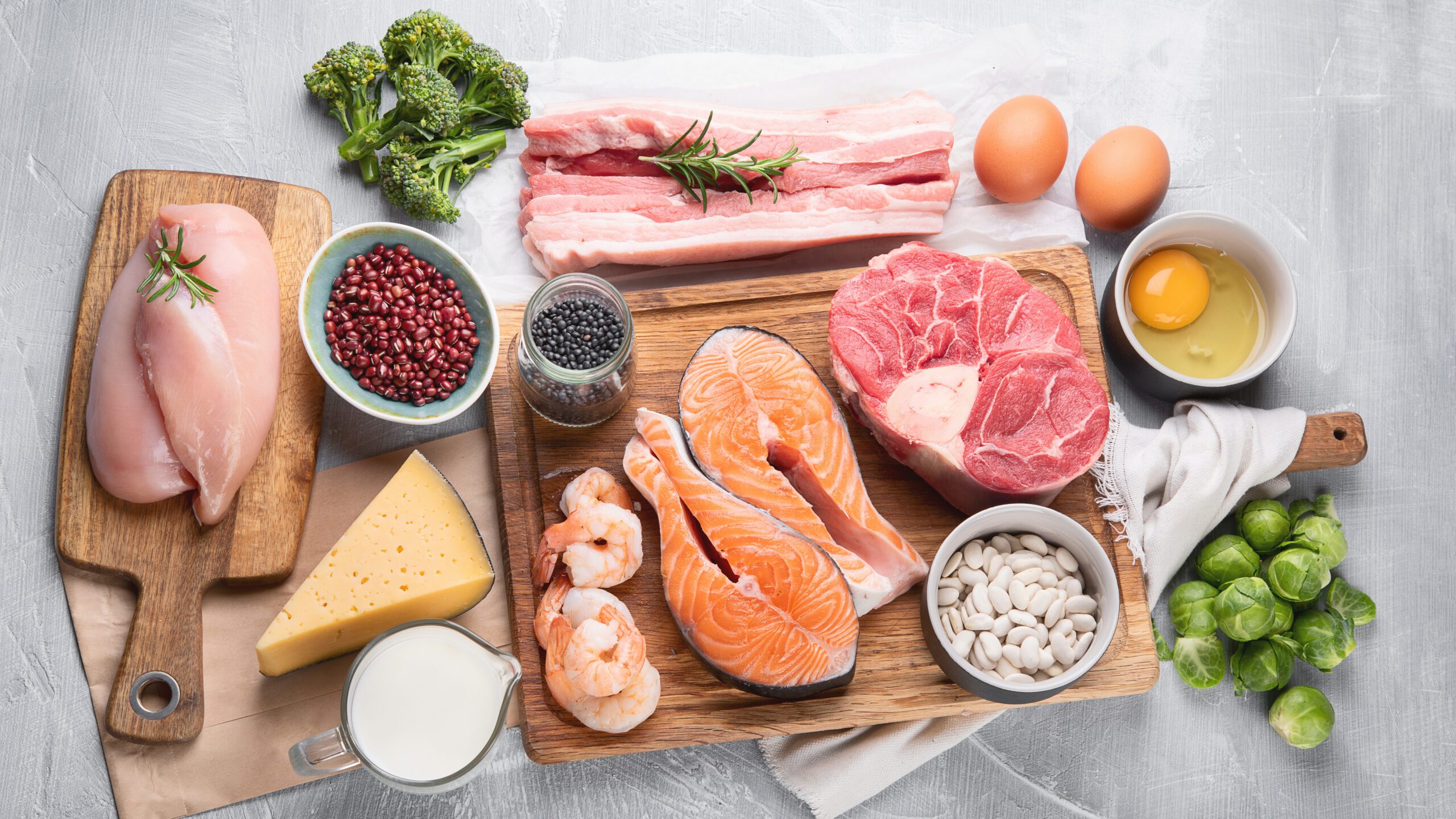Protein, long been considered the magic macronutrient, is frequently misunderstood. At Equalution, we recognise the importance of clarifying the importance of protein consumption. Is a high protein diet the answer? Is it necessary? We’ll explore the role of protein as a macronutrient, providing insights into its significance, how often it should be consumed, and the ideal daily intake based on your body and goals. We will consult reliable anecdotal studies, scientific research, and data to formulate general guidelines for protein size and frequency at meals.
Table of Contents
Understanding Protein
Protein constitutes 15-20% of body weight and is pivotal in cell repair and growth, contributing to muscle development and preventing loss. It is the second most abundant substance in the body, following water. Beyond sculpting muscles, protein is the building block for various bodily tissues, including enzymes, skin, hair, nails, bones, and connective tissue. Composed of amino acids, both essential and nonessential, proteins boast a unique 3-dimensional structure, determining their specific function.
Sourcing Protein: The Essentials
To maintain a balanced diet, understanding protein sources is crucial. While our bodies recycle essential amino acids through metabolic functions, dietary intake provides the necessary raw materials to replace everyday losses. Opt for lean meats, and be mindful that nuts, although rich in protein, are calorie-dense. Here’s a breakdown of high-protein foods:
- Dairy: Cheese, Milk, Yogurt (especially Greek Yogurt)
- Meat and Poultry: Chicken, Turkey, Beef, Ham, Fish, Pork, Seafood
- Beans and Legumes: Beans, Lentils, Tofu, Tempeh, Soybeans, Split Peas, Chickpeas, Falafel
- Nuts: Almonds, Pistachios, Walnuts, Cashews, Peanuts, Nut Butters
- Other: Whey Protein Powder, Pea Protein Powder, Quest Bars, and other Protein Bars

The Science Behind Protein Synthesis
Understanding protein synthesis sheds light on the intricate process of building proteins. This multi-step journey involves transcription, transferral, and translation. From the creation of RNA to the formation of amino acid chains, our bodies orchestrate a fascinating dance in the realm of protein synthesis.
Protein Requirements
Determining the right amount of protein is crucial to your nutrition journey. Utilising nitrogen balance data as a parameter, we can gauge the adequacy of protein intake. A positive nitrogen balance, indicating an anabolic state, is optimal for muscle building and workout recovery. Strive to strike a balance that suits your individual needs:
- Moderate body fat and training load: 2.2-2.8g per kg TOTAL weight (1-1.25g per pound)
- Low body fat, low calorie, or high training load: 2.4-3g per kg TOTAL weight (1.1-1.35g per pound)
- High body fat, high calorie, or low training load: 1.6-2.2g per kg TOTAL weight (0.8-1.1g per pound)
Studies have found a high protein diet is better for satiety, partitioning, blood sugar control, and hypertrophy unless guided for medical or other reasons to have a lower protein intake.
Tailoring Protein Intake to Your Goals
For athletes and fitness enthusiasts, protein requirements go beyond the Recommended Dietary Allowance (RDA). Achieving a positive nitrogen balance is crucial for muscle retention and growth. The branched-chain amino acid leucine emerges as a key player in stimulating muscle-protein synthesis, highlighting the importance of a balanced amino acid profile.
Beyond the RDA: A Holistic Approach
While the RDA provides a baseline, our recommendation for non-athletes is to ensure approximately 25-30% of your total caloric intake comes from protein. This approach aims to avoid symptoms of protein deficiency, optimise aesthetic weight loss results, and cater to individual needs.
Crafting Your Unique Journey
At Equalution, we understand the uniqueness of each body. Contact us today for a personalised nutritious meal plan to achieve your body transformation goals.
Conclusion: Unlock the potential of your body by mastering the art of protein consumption. Equalution empowers you to achieve your goals through a personalised nutritious meal plan. Eat what you want and get the body you want because, at Equalution, we’re here to guide you on your transformative journey.
Ready to embark on a journey of nutrition? Learn more about the services we offer.

